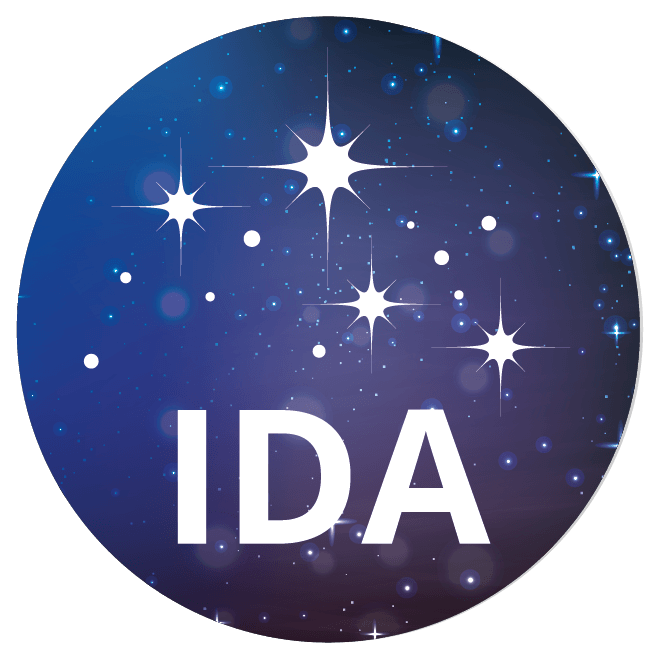Why Dark Skies?
OUR HERITAGE!
When young Charlie Russell arrived in 1880, there wasn’t a single light bulb in the Montana Territory. As a teenage nighthawk, Charlie worked by horseback under Montana’s star-filled night skies. Now, just a few generations later, today’s teens in Montana cities can’t see the Milky Way from their own back yards. Fortunately, much of rural Montana still features star-filled night skies. But light pollution continues to grow and spread across the Big Sky state, and we need common sense solutions to protect our heritage and pass it along to our children.
MONEY
Lighting wastes money when it’s too bright or shines when and where it’s not needed. Wasting electricity on bad lighting has huge economic and environmental consequences. During an average year in the U.S., outdoor lighting uses about 120 terawatt-hours of energy, mostly to illuminate EMPTY streets and parking lots. IDA estimates that least 30% of all outdoor lighting in the U.S. is wasted, amounting to a $3.3 billion loss and the release of 21 million tons of carbon dioxide per year!
PRIVATE PROPERTY RIGHTS
Proper dark sky friendly lighting uses shielded light fixtures to prevent light pollution and glare from trespassing across property lines. Montanans are free to use outdoor lights however they want on their own property, but no one should be allowed to ‘dump’ light pollution on your property without your consent. In legalese, this is ‘nuisance light’ similar to ‘nuisance noise’ from an all-night party next door that prevents you from sleeping.
NATIVE WILDLIFE
Plants and animals depend on Earth’s daily rhythm of light and dark to regulate life-sustaining behaviors such as reproduction, feeding, sleep, and protection from predators. Poorly designed artificial light at night can have deadly effects on many creatures, including amphibians, birds, mammals, insects, and even fish! Dark sky friendly lighting is healthier for people AND for our native wildlife.
SAFETY
Most studies show that increasing the light level does not decrease accidents or crime, and in some studies more light actually led to more crime. Adding more light might increase our PERCEPTION of safety, but it is unlikely to actually make us safer. On the other hand, dark sky friendly lighting does make it safer for us to walk and drive after dark by reducing glare, improving our visual acuity at night, and allowing our eyes to see what is in the shadowed areas.
HEALTH

Warm-colored LEDs lack the documented human health hazards created by ‘cool’ blue-white LEDs. White LED spectrums have a lot of their energy in the blue wavelengths. Blue wavelengths are good for us during the day, but AT NIGHT they suppresses our body’s ability to produce the antioxidant melatonin, and this reduction increases the likelihood of certain types of cancer taking hold and growing — especially breast cancer and colon cancer.
AESTHETICS
Proper nighttime lighting makes the area illuminated look more appealing and ‘easier on the eye’ by preventing glare and over-lighting. Anecdotal evidence suggests that dark sky friendly lighting also increases property values because it looks so much better than harsh, blue glare.
ASTROTOURISM
As light pollution increases world-wide, so does the number of people seeking locations where they can see what a star-filled night sky looks like. Montana still has high-quality night sky locations, especially in the rural east, but we are falling behind our neighbors whose state and local governments are actively promoting astrotourism, like Wyoming, Utah, Colorado, Texas, New Mexico and Arizona. Astrotourism and eastern Montana are a match made in the heavens!
QUALITY OF LIFE IN MONTANA
Until just a few generations ago, all of our ancestors experienced a night sky brimming with stars – a sky that inspired us in science, religion, philosophy, art and literature. A natural night sky is our universal heritage, yet it’s quickly becoming a mystery to more and more Montanans. Our grandchildren should be able to see and wish upon a falling star, just like the wishes our grandparents made not so long ago.






